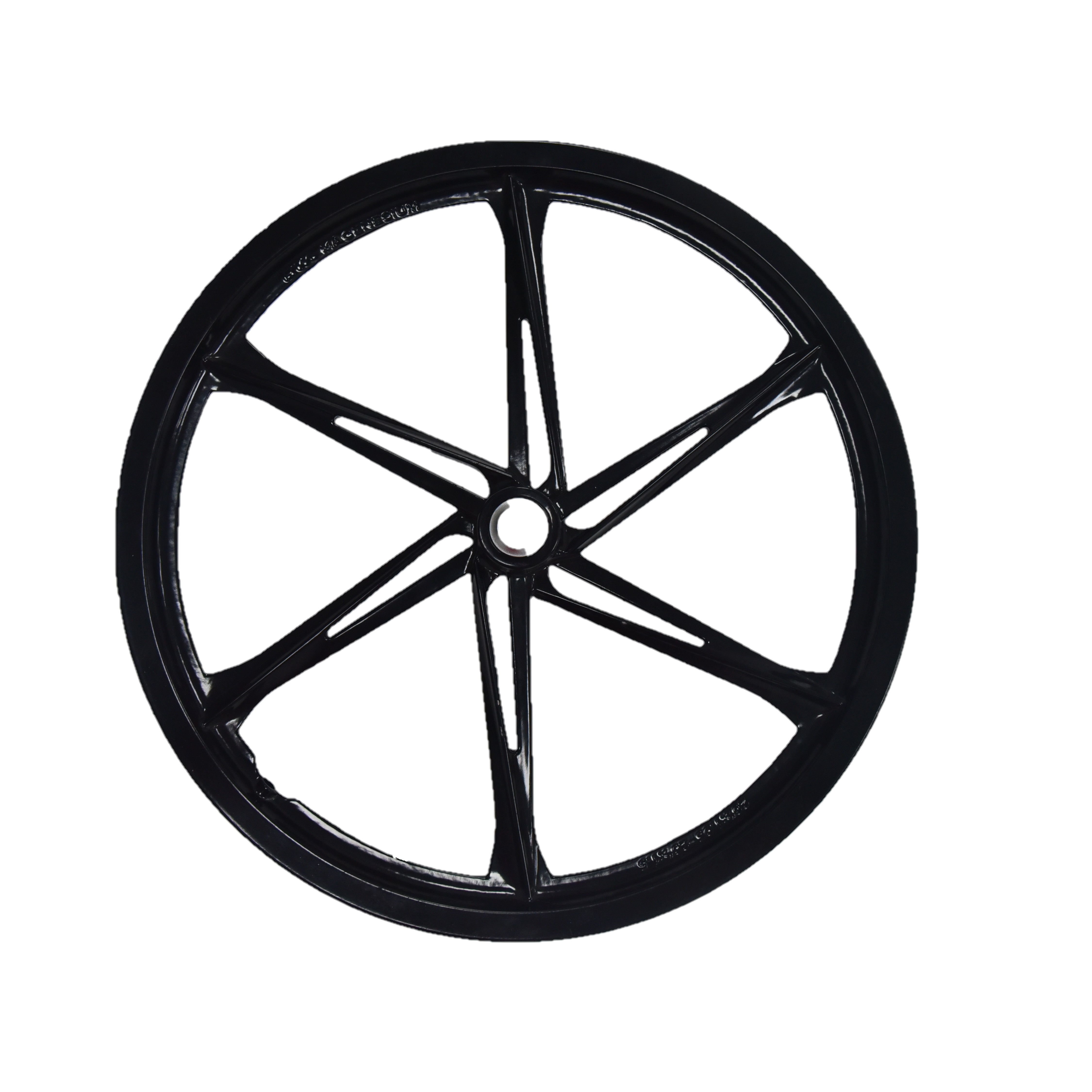When it comes to manufacturing high-quality products, the die casting mold is a crucial tool that plays a significant role in the process. Die casting is a manufacturing process that involves the production of metal parts by forcing molten metal into a mold cavity under high pressure. The mold used in this process is known as a die casting mold, and it is responsible for creating the shape and design of the final product.
In this article, we will explore the importance of die casting molds in the manufacturing process and how they contribute to the production of high-quality products.
Types of Die Casting Molds
There are two primary types of die casting molds: hot chamber and cold chamber molds. Hot chamber molds are used for alloys with low melting points, such as zinc, tin, and lead. These molds are heated, and the molten metal is injected into the mold cavity under pressure.
Cold chamber molds, on the other hand, are used for alloys with high melting points, such as aluminum, magnesium, and copper. In this type of mold, the molten metal is poured into the chamber and then injected into the mold cavity under high pressure.
Importance of Die Casting Molds
Die casting molds are essential in the manufacturing process because they determine the quality and accuracy of the final product. The design of the mold must be precise and accurate to ensure that the final product meets the required specifications.
The process of creating a die casting mold involves several stages, including design, manufacturing, and testing. The design of the mold is critical because it determines the shape and size of the final product. The mold must be designed to accommodate the required features, such as holes, threads, and undercuts.
The manufacturing process of the mold involves several steps, including casting, machining, and polishing. The mold must be made from high-quality materials, such as steel or aluminum, to ensure its durability and resistance to wear and tear. The surface of the mold must be polished to ensure that the final product has a smooth finish.
Testing is also an essential part of the process because it ensures that the mold is functioning correctly. The mold is tested by injecting molten metal into the mold cavity, and the final product is inspected for defects such as surface defects, porosity, and dimensional accuracy.

Benefits of Die Casting
Die casting is a cost-effective manufacturing process that offers several benefits, including:
1. High production rates: Die casting molds can produce high volumes of parts quickly and efficiently.
2. Consistency and accuracy: The use of die casting molds ensures that the final product is consistent in terms of shape, size, and quality.
3. Design flexibility: Die casting molds can accommodate complex designs and shapes, allowing for greater design flexibility.
4. Strength and durability: Die casting produces parts that are strong and durable, making them suitable for use in a wide range of industries.
Conclusion
In conclusion, die casting molds are a crucial tool in the manufacturing process, and they play a significant role in producing high-quality products. The design, manufacturing, and testing of the mold must be precise and accurate to ensure that the final product meets the required specifications. The benefits of die casting include high production rates, consistency and accuracy, design flexibility, and strength and durability. With the use of die casting molds, manufacturers can produce high-quality products efficiently and cost-effectively.
-

- OEM Die casting manufacturer produce magnesium alloy wheel for kids push bike
-

- Hárnákvæmni magnesíum tíkómótandi íhlutir fartölvuhúshlíf A
-

- Reiðhjólahlutir og íhlutir úr magnesíumblendi fyrir krakkahjól
-

- OEM die casting service metal components of macbook middle
-

- Magnesíum álfelgur þikómótandi deyja-steypu UAV hlutar
-

- Magnesíumblendi tíkómótunaríhlutir

 0086-750-5616188
0086-750-5616188 +86 13392089688
+86 13392089688 sales@zhongmei-tech.com
sales@zhongmei-tech.com







